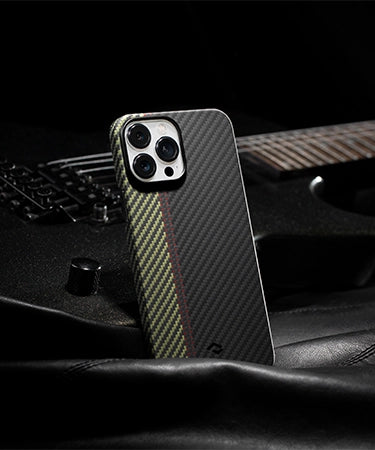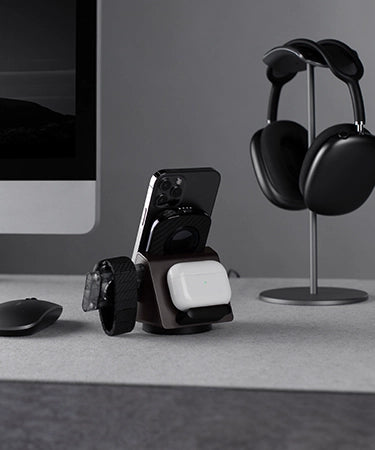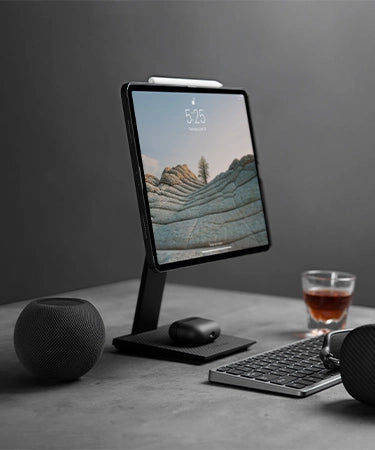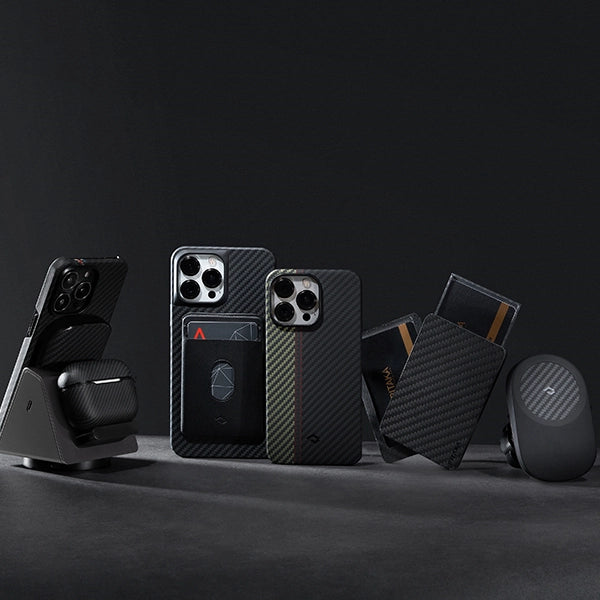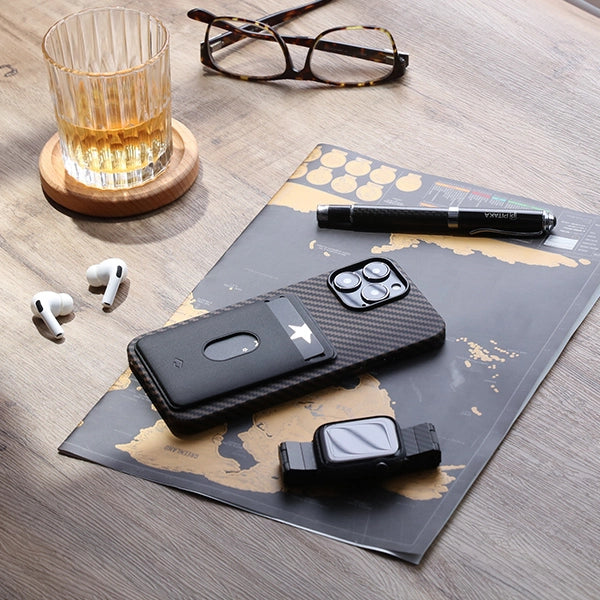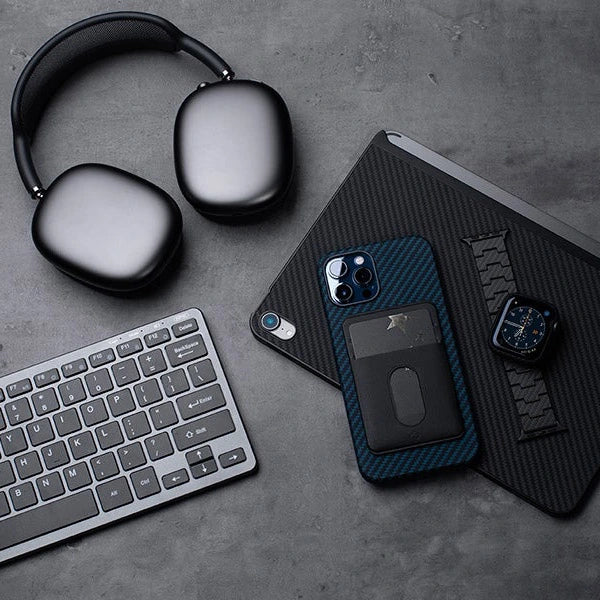
If you’ve ever watched the film Big Hero 6 (Baymax), then you may remember Hiro’s microbots (click the link to see the video if you don’t), it featured some very impressive tech if you ask me, micro-sized machines that can do just about anything.
But how do they work?

According to the film, the microbots are controlled by a "psychic headband", which beamed a signal to the bots, which were capable of sticking together using magnetism. Elsewhere in the film, we found that Baymax's armor had small magnets attached to his back that enabled Hiro to stick to him when flying.
All of that could make you wonder: does the common magnet really have that sort of power?
OK, you might know of the odd device that has magnets within it, but do you know the various characteristics of a magnet, like the magnetic field, or the different types of magnet you can get such as electromagnets, permanent magnets, or what about the different types of magnetic material? And, perhaps most importantly, what benefits can a magnet do for you and your technology?
1. What’s a magnet?
Most people don’t realize it, but the Earth itself is a magnet, and amazingly, there are animals that can sense and make use of the Earth’s magnetic field.
But what exactly is a ‘magnet’?
Well, in it’s simplest form, a magnet is a material or object that can produce a magnetic field.
There are only two kinds of magnets—the kind you find in nature and the kind that people make. Either way, a magnet is an object that creates a magnetic field, which means that it has to have at least one North Pole and one South Pole.

When you place the North Pole of one magnet near the South Pole of another magnet, they are attracted to one another. But when you place like poles of two magnets near each other (North to North or South to South), they will repel each other.

2. Magnet grades – what are they?
A magnet grade is a standard measure of the strength of a magnet, the higher the number, the stronger the magnet. For example, N42, N52 or N42SH, each number indicating a different grade/strength of a Neodymium magnet (see here for a complete list of grades). Whilst the ‘N’ grade relates to the maximum energy product of the magnet. For example, an N52 neodymium magnet will have a maximum energy product of 52 Mega-Gauss Oersted.

So what grade do you need?
Well, that depends on the application, for example, if you need the highest strength in the smallest possible package at room temperature, grade N52 is the strongest available.
3. What is a Magnetic Field?
Have you ever done the trick where you use a magnet to pick up a long chain of paperclips, with each clip magnetizing the next one along by passing the magnetic field to the next, or how about those microbots I mentioned earlier, each one using the magnetic field to join to each other, becoming larger.
Even though you can’t see a magnetic field with the naked eye, you can see it with a fascinating fluid called Ferrofluid:

As you can see, the ferrofluid inside the glass jar is strongly attracted to the magnetic field being generated by the external magnet. Each time the magnet is applied, the invisible magnetic field acts upon the fluid, something we can call “acting at a distance”.
4. What is magnetism?
When you put two magnets together, they will either snap together or push each other away. That’s magnetism! It’s the force of attraction (snapping together) or repulsion (pushing away) between objects made from a material such as iron, nickel, cobalt or steel. Four magnets working together form something called a magnetic quadrupole, all done with the help of magnetism.

5. What is the difference between a permanent magnet and an electromagnet?
The first thing we should clarify is that man makes both of these, and neither occurs naturally.
A permanent magnet is an object made from a material that is magnetized which then creates its persistent magnetic field. A familiar example of this is a refrigerator magnet, which is used to keep things on your refrigerator.

An electromagnet, however, does not have any magnetic field until it is connected to a source of electricity and current flows, and as soon as the current is removed the field disappears.
Check out the below video showing the magnetizing and demagnetizing of a screwdriver
As you can see, the screwdriver is magnetized when he slides one end of neodymium magnet from the base of the screwdriver all the way along to the end a few times, doing this the same way passes some of the magnetic field from the neodymium magnet to the steel within the screwdriver. Just don’t do it back and forth, or it will cancel out the field being created within the shaft.
6. How can you identify the poles of a magnet?
There are several ways to identify the poles of a magnet; the simplest is to use a compass or an analogue or digital pole identifier.
If using a compass to identify the pole of a magnet, it is vital to remember that the north pole of a magnet points towards the Earth’s geographic North Pole, which is actually close to the Earth’s magnetic south pole.
This is why when you hold a compass to a magnet the needle will point to its south pole using the standard convention where like poles repel and opposite poles attract.
7. Which materials can you use to block a magnetic field?
Keep in mind that magnetic fields will pass through plastic, wood, aluminum and even lead as if it was not there. No material will actually block a magnetic field. However, ferrous materials such as iron, steel or nickel can conduct magnetic fields and even redirect them. Now, since all magnetic fields seek the shortest path from north to south, a piece of steel can be used to ‘short circuit’ the field much easier than the field flowing through the air.

With this in mind, if you wanted to remove a magnetic field from somewhere you do not want it to be, you can use steel to provide the magnet with a shortcut, redirecting the field via an alternative route. Just as the above GIF shows, the thicker the steel is, the better it can work to redirect the magnetic field.
If you have read one of my previous articles, It's True–A Magnetic Car Mount will NOT damage your Smartphone, you will know that the PITAKA MagEZ Mount Qi and the MagEZ Case/MagEZ Case Pro use this technology: when your phone is attached on the MagEZ Mount Qi, the metal plates inside your case redirect the magnetic field of the MagEZ Mount Qi to itself instead of harming your phone; thus your phone is not affected by the magnetic phone mount. Also our upcoming MagEZ Dock.
8. How do you get monopole magnets?
All magnets have a north and a south pole, and if you were to take a magnet and cut it in half, thinking that you would have just one of the poles, unfortunately you would be wrong as your newly shortened magnet will still have both a north and a south pole. However, there are some situations where a monopole magnet (a magnet with just one pole) is required.
To achieve this, you need to wrap one pole of the magnet with a suitable shielding material. For example, using a piece of iron to magnetically shield one pole of the magnet, which incidentally also enhances the unshielded pole. Check the below video to see how to make a monopole magnet.
9. How long does a neodymium magnet last?
Neodymium magnets are permanent magnets, and they lose a fraction of their power every 100 years if they are kept within their optimum working conditions. However, there are a few things that can weaken the power in a magnet, such as other magnets, or storing it too close to a source of heat, or near a strong electrical current or even radiation.
Why does the heat matter?

Subjecting a magnet to temperatures above its maximum operating temperature (e.g., 80℃ for N42 grade neodymium magnets) will cause it to lose power, which will not be recovered once the magnet has cooled down. Repeatedly heating the magnet beyond its maximum operating temperature will result in a complete loss of its magnetic properties.
Ok, so what about cold temperatures?
Cold temperatures can strengthen a magnet’s performance, whereas heat can reduce a magnet’s performance. Most of the time, a magnet’s performance is unaffected unless it is subjected to its maximum operating temperature.
What about humidity? Well, if the plating on a magnet is damaged and water is allowed to get inside, the magnet will rust and again this will result in deterioration of its magnetic performance.

10. Uses of magnets?
Magnets have permeated our lives so much recently, and in so many ways, some of which are not always obvious. We are surrounded by magnets more so than ever. They can be found in many common household items such as telephones, phone holders, computers, stereos, refrigerators, TVs, and VCRs, and also in some commonly used medical equipment such as Magnetic Resonance Imaging machines.

However, because of this, you should be aware and pay close attention to the potential of magnets so that you can avoid damaging your smartphone and at the same time even enhance your experience when using it.
How? Well just read on.
11. Keep any magnet/magnetic device at the right temperature and humidity
As I said above, heat and humidity are 2 of the biggest factors that can damage a magnet. When exposed to extreme temperatures, it can destabilize the balance between temperature and magnetic domains (the atoms’ inclination to spin in a certain direction). Also, if the weather is too humid, or the magnet is subjected to chemicals such as acid and alkali, corrosion and rust can occur which will affect the magnetic properties.
12. The safe distance you need to keep between devices.
As you may be aware, some objects can be sensitive to the static magnetic fields of a permanent magnet. They can disturb some devices only temporarily, such as cameras, cell phones, smart phones, USB sticks, memory cards, etc, but some can be permanently damaged if they are not kept at a safe distance.
Check the below recommended safe distances when neodymium magnets are nearby.
| Object | Magnetic field damaging at: | S-45-30-N | S-20-10-N | S-15-08-N | S-10-03-N | S-06-02-N |
|---|---|---|---|---|---|---|
| High-quality magnetic card (credit card, ATM card) | 40 mT (= 400 G) |
46 mm | 19 mm | 15 mm | 9 mm | 6 mm |
| Cheap magnetic card(parking garage, admission ticket) | 3 mT (= 30 G) |
134 mm | 55 mm | 42 mm | 24 mm | 15 mm |
| Pacemaker new | 1 mT (= 10 G) |
201 mm | 82 mm | 62 mm | 35 mm | 22 mm |
| Pacemaker old | 0,5 mT (= 5 G) |
257 mm | 104 mm | 80 mm | 43 mm | 28 mm |
| Mechanical watch, non-magnetic pursuant to ISO 764 | 6 mT (= 60 G) |
103 mm | 42 mm | 32 mm | 18 mm | 12 mm |
| Mechanical watch, not non-magnetic | 0,05 mT (= 0,5 G) |
571 mm | 230 mm | 176 mm | 98 mm | 61 mm |
| Hearing aid | 20 mT (= 200 G) |
63 mm | 26 mm | 20 mm | 12 mm | 7 mm |
13. What if you suddenly demagnetized your phone’s internal compass?
A compass needleworks by aligning itself with the Earth's natural magnetic field. In almost all compasses, the north-pointing needle is marked.
However, the compass needle within a smartphone compass is a very delicate magnetic instrument, and it is possible for the poles to become reversed if it is placed too close to another magnet.
If this happens, you will need to re-magnetize the internal compass using a strong magnet. But how do you do this?
Well, to re-magnetize a normal compass, you just need to put the South Pole of a bar magnet directly on top of the compass needle and slowly slide the magnet along the red side of the needle, toward the pointed end, then down the side of the compass, finally pull the magnet away and your compass is re-magnetized!
But, what if it’s your smartphone compass that gets affected by small magnets such as those that can be found in a magnetic phone mount? Simple really, you just need to calibrate it by waving your smartphone in a figure of 8 just like the GIF below shows.

14. Why is a monopole magnet required sometimes?
As we’ve discussed earlier, the monopole magnets are sometimes necessary to gain better magnetic power. Usually, you only need to use one end of the magnet, so if the opposite end is wrapped with shielding materials, the magnetic power of non-wrapped pole that you need to use will be significantly enhanced. And that’s precisely why the PITAKA MagEZ Dock uses monopole magnets.
15. Will common magnets do harm to my devices?
That is a very good question, and it depends!
For example, your phone would be affected if you continuously use your smartphone’s compass or you make calls for a very long time (months or even years) in the presence of a strong magnetic field, such as your magnetic phone mount. But would you really do that all the time?
Ok, so perhaps it’s nothing to worry about.
Well, it is still possible and that is why within the design criteria of the PITAKA MagEZ Mount Qi Desktop, the combination of monopole magnets and specifically designed and positioned metal plates within the case ensure that the magnetic fields will never affect your smartphone, but still ensure a strong, secure grip between the case and the magnetic charger.

You maybe have noticed, that all of the PITAKA products including the MagEZ Case(Pro), the MagEZ Mount(Qi), the Magwallet (UE) all have the key product name“Mag” at the beginning. This indicates that each product utilizes the power of magnets to work harmoniously with each other to make your experience more seamless and simple.
PITAKA take great pride in their products and this comes from both clever design and engineering as well as through the use of state-of-the-art materials, ensuring that your every day carry technology is protected, simplified and enhanced beyond what you can imagine.
